Continuous MVR Monitor
Keep track of your drivers’ motor vehicle reports every day, not just once a year.
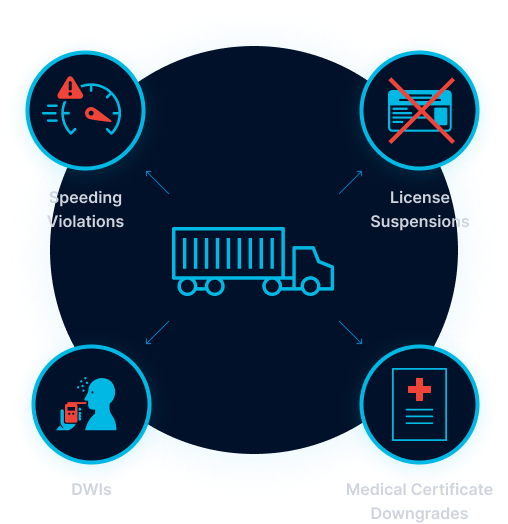


Reduce Up to 34% of Driver Violations with Foley’s Motor Vehicle Record Monitoring
Make sure you’re trusting safe, qualified drivers to operate your company vehicles by tracking DUIs, speeding tickets, CDL suspensions, safety violations, and medical certificate downgrades. You’re never left in the dark about violations on your drivers’ MVR reports.

Proactive MVR Monitoring for Enhanced Safety, Cost Savings & Peace of Mind
Proactive MVR Monitoring for Enhanced Safety, Cost Savings & Peace of Mind
Real-Time MVR Monitor Alerts & Notifications
When a driver violation occurs, you need to act quickly. That’s why our driver MVR monitoring program sends results your way as soon as they’re ready, and you can view them from any device.
Protect Your Business with 24/7 Driver Monitoring
MVR monitoring software keeps an eye on each driver’s motor vehicle for you. If a driver is caught speeding (again) or their medical card expires, you’re the first to know — before you receive a DOT audit notice.
Meet State & Federal Compliance Regulations
MVR checks are consumer reports. You must adhere to numerous regulations to request an employee’s information. Foley helps ensure you’re compliant from the MVR screening to the adverse action process.
Reduce Your Commercial Insurance Premiums
Insurance companies want to see how your business is proactive, not reactive, with its safety operations. Foley’s MVR Monitor helps companies like yours reduce their risk profile and save on skyrocketing insurance rates.
Case Study
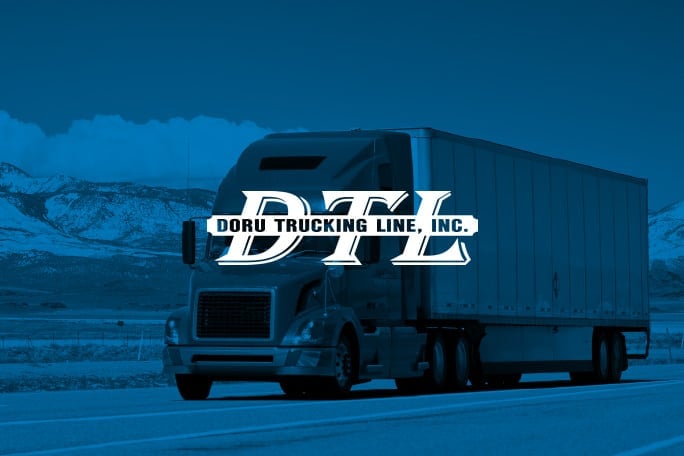

The Critical Role of Foley’s MVR Monitoring in Boosting Doru Trucking’s FMCSA Safety Rating
“Some of these states make you jump through hoops to get a copy of a driver’s MVR. So having the MVR Monitoring program makes it really easy.”
— Howard Orr
Director of Safety & Compliance, Doru Trucking
Easier MVR Management for Drivers in All Industries

Promote Safer Trucking Fleet Operations
If your drivers know they’re enrolled in an MVR monitoring system, they’re much more likely to drive safely and, in turn, reduce the number of violations they may commit.

Earn the Trust of Healthcare Clients
Families rely on your staff to get their loved ones to and from their appointments and errands safely. MVR monitoring keeps an eye on your caregivers’ driving habits to maintain that peace of mind.

Employ Violation-Free Waste Management Drivers
Although your drivers likely have dedicated routes, running an MVR online in the background helps ensure you employ safe, qualified drivers who uphold your company’s reputation.
×
Fill out this form and a member of our team will reach out shorty.
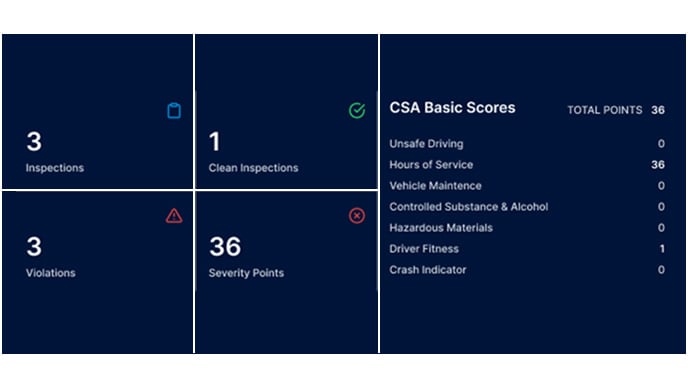
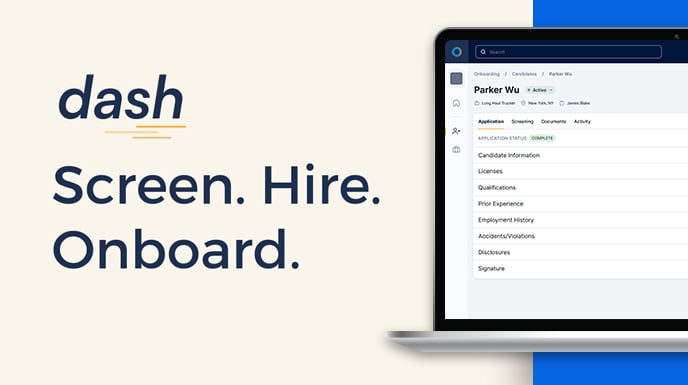
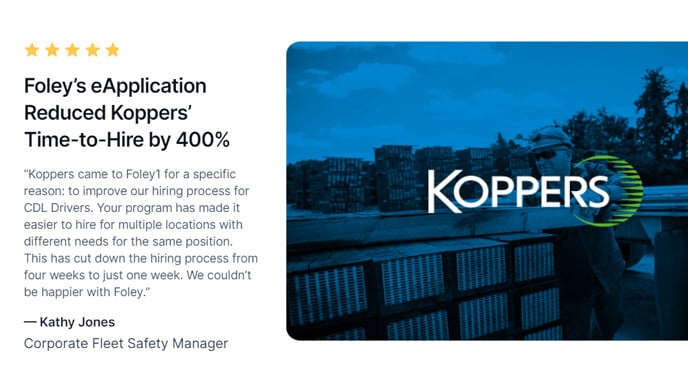
.png)